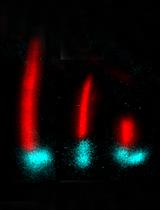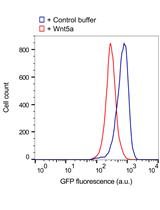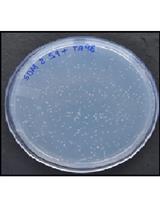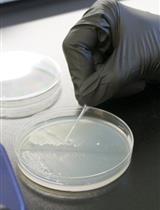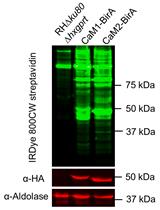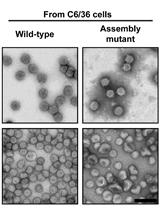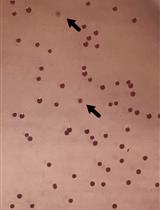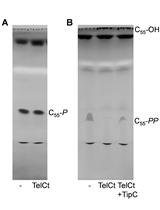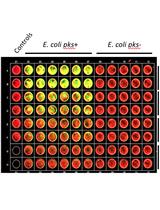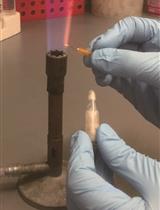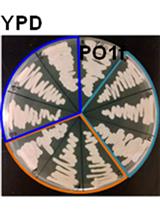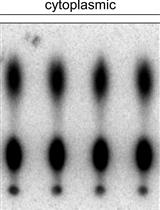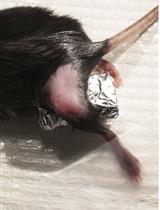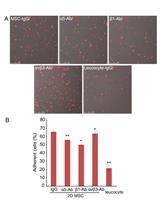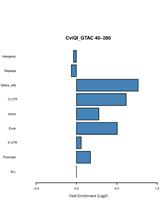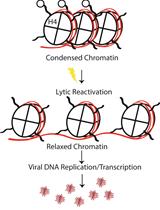- Protocols
- Articles and Issues
- About
- Become a Reviewer
Past Issue in 2018
Volume: 8, Issue: 6
Biochemistry
Hydrogen Deuterium Exchange Mass Spectrometry of Oxygen Sensitive Proteins
Cancer Biology
Detection and Analysis of Circular RNAs by RT-PCR
Developmental Biology
Measurement of Intracellular ROS in Caenorhabditis elegans Using 2’,7’-Dichlorodihydrofluorescein Diacetate
Ciliary Assembly/Disassembly Assay in Non-transformed Cell Lines
Quantitative Live-cell Reporter Assay for Noncanonical Wnt Activity
Microbiology
Microbial Mutagenicity Assay: Ames Test
Single-step Precision Genome Editing in Yeast Using CRISPR-Cas9
CRISPR-mediated Tagging with BirA Allows Proximity Labeling in Toxoplasma gondii
Alphavirus Purification Using Low-speed Spin Centrifugation
Isolation of Commensal Escherichia coli Strains from Feces of Healthy Laboratory Mice or Rats
In situ Hybridization (ISH) in Preparasitic and Parasitic Stages of the Plant-parasitic Nematode Meloidogyne spp.
Bacterial Cell Wall Precursor Phosphatase Assays Using Thin-layer Chromatography (TLC) and High Pressure Liquid Chromatography (HPLC)
Quantification of Colibactin-associated Genotoxicity in HeLa Cells by In Cell Western (ICW) Using γ-H2AX as a Marker
Biochemical Analysis of Dimethyl Suberimidate-crosslinked Yeast Nucleosomes
Molecular Biology
Design of Hybrid RNA Polymerase III Promoters for Efficient CRISPR-Cas9 Function
RNA Cap Methyltransferase Activity Assay
Neuroscience
Spared Nerve Injury Model of Neuropathic Pain in Mice
Organotypic Explants of the Embryonic Rodent Hippocampus: An Accessible System for Transgenesis
Stem Cell
Measurement of Mesenchymal Stem Cells Attachment to Endothelial Cells
Systems Biology
Reduced Representation Bisulfite Sequencing in Maize
Quantifying Symmetrically Methylated H4R3 on the Kaposi’s Sarcoma-associated Herpesvirus (KSHV) Genome by ChIP-Seq


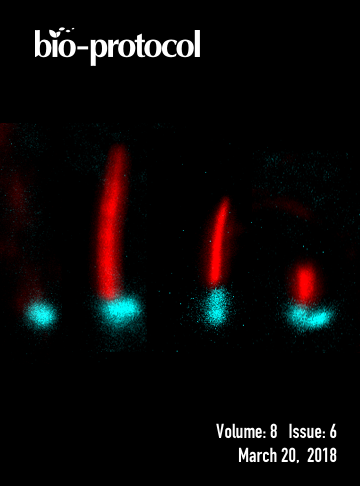
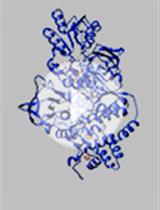
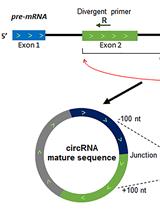
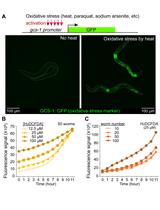
.jpg)
